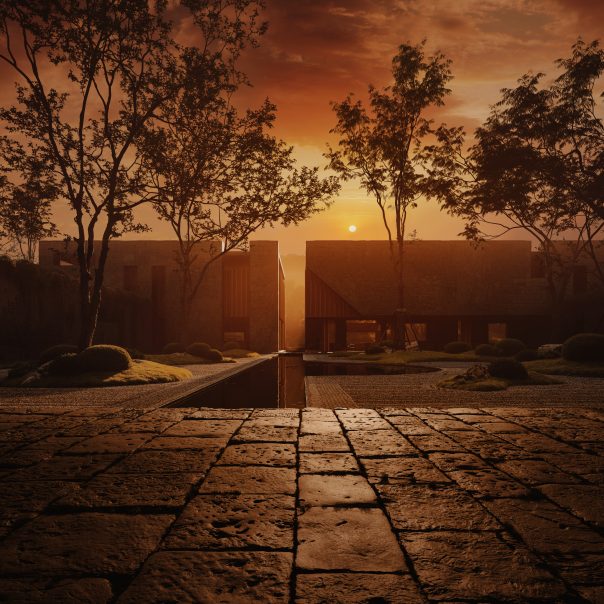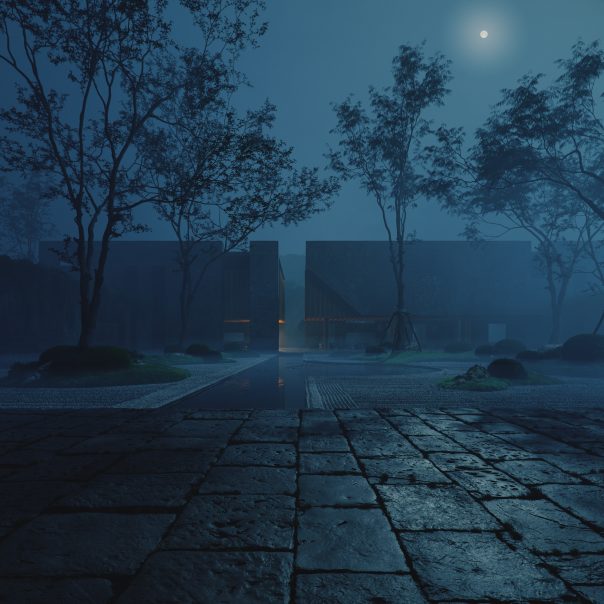
As artists, many of us face a challenge that we often don’t give enough thought to. The issue at hand is the delicate balance between imitation and innovation. Take a closer look at this topic with Common Point’s insightful video below. We’ve distilled their key talking points into this blog post.
What is imitation in art?
In its most extreme form, imitation can involve copying everything from the lighting and frame buffer settings to the shaders and beyond. However, imitation doesn’t always have to entail creating a carbon copy. In fact, it can simply be striving to achieve results that are similar to a reference that has inspired you.

The benefits and risks of imitation
When you imitate another artist’s work, it’s actually a great way to build up your technical skills. Throughout the process, you have to analyze their work, see what patterns they’re using, and figure out how to solve problems in a really methodical way. And by doing that, you end up mastering techniques that you can later use in your own projects. It’s like having a 3D Swiss army knife in your pocket!
Still, you can’t just copy other artists all the time and expect to get far. You have to balance imitation with innovation. After all, being an artist is all about getting creative, experimenting, and developing your own unique style! But you also don’t want to go so far off the deep end that you’re ignoring rules and techniques that have already been established. At that point, you start reinventing the wheel, and you get less-than-perfect results.

Finding a balance
In order to succeed as an artist, it’s crucial to strike a balance between imitation and innovation. Rather than sticking to one approach, strive to move back and forth between the two, creating a dynamic loop of imitation and innovation. As you progress through your career, the emphasis you place on each aspect may shift, but it’s important to always keep both in mind. By finding the right balance between imitation and innovation, you can continually push your skills and creativity to new heights.

Imitation for beginners
Beginners shouldn’t be afraid to rely more on imitation, just like art students who are taught to draw by copying the great masters when learning how to draw hands and faces in proportion. Master the rules first before making a conscious artistic decision to break them.

Innovation for the more experienced
As you gain more experience, you are more likely to lean towards innovation. You can take what you already know and discover more nuanced applications for it. Similar to abstract painters who deconstruct familiar elements and present them in new and surprising ways, you can work with old tools in a fresh and imaginative manner.

Constantly bouncing between imitation and innovation
Even if you’re a seasoned pro, you should turn back to imitation on a regular basis. Constantly switching between imitation and innovation is a great creative practice to get into. If you feel stuck, maybe you need to revisit certain techniques and tools and learn more about Corona’s Physical Material, volumetric material, 3D modeling, simulations, animation, effects, etc. You can also revisit old projects and look at them from a different angle to take them to another level with the new knowledge and experience you have.

Exploring new territory
To grow as an artist, it’s essential to push yourself beyond your comfort zone and explore new territory. Consider whether it’s time to experiment with styles that are unfamiliar to you or stick with what you know works. Either way, you should challenge yourself to stretch your artistic skills and learn new techniques. Don’t be afraid to put yourself in situations that may feel uncomfortable or unfamiliar. This is where your creativity can flourish, and you may discover new approaches that can help you move forward in your artistic journey.
What’s your stance on imitation and innovation in art? We’re curious to hear what you think about this topic. Let us know in the comments below!
Experience Chaos Corona’s powerful capabilities by signing up for our 30-day free trial. We have prepared a list of first steps to help you get started with Corona for 3ds Max and Corona for Cinema 4D.